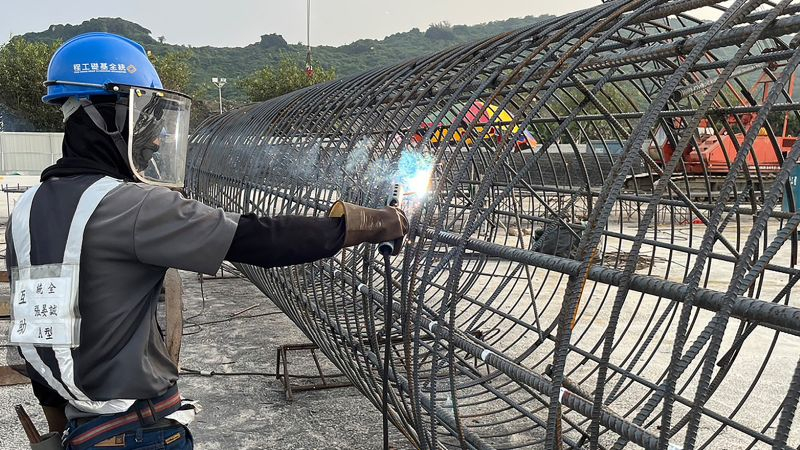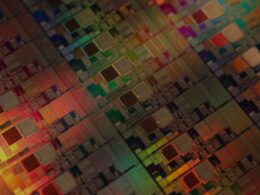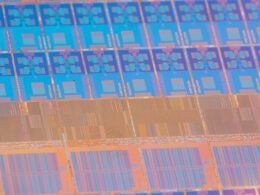TSMC, an industry-leading semiconductor manufacturer, is currently in the process of establishing two chip production facilities in Arizona, US. Recent developments indicate that both these factories will commence the mass production of chips later than initially expected.
The first factory, originally planned to start production of N4 technology chips this year, experienced delays pushing it back to next year. This setback was already known as of July. However, in their recent quarterly report, TSMC revealed that the second chip factory under construction in Arizona would not be operational until either 2027 or 2028, according to Bloomberg. Initially, the plan was to adopt mass production of 3-nanometer (nm) products in 2026.
Amid these delays, Mark Liu, chairman of TSMC’s board of directors, stated, “Our decisions beyond Taiwan hinge on client needs and the presence of necessary financial support from local authorities in the form of subsidies.” Liu is expected to retire this year. These challenges contributing to the delays of TSMC’s American project are believed to be a significant reason for his impending departure.
TSMC management is also reconsidering the introduction of 3-nm technology at the second Arizona facility. According to the company, the level of technology sophistication will be contingent on the extent of financial backing from US authorities. TSMC’s Chief Financial Officer, Wendell Huang, stated that construction delays at the first Arizona factory contributed to the prolonged timelines for the second facility.
Presently, negotiations regarding the subsidy conditions for the project between TSMC and the American authorities continue. The company has also been liaising with representatives of US construction industry labor unions. Earlier reports indicated that a shortage of skilled labor negatively impacted the construction progress of TSMC’s establishments in Arizona. If the establishment of the US factories continues to get pushed back, these plants run the risk of falling behind Taiwan’s facilities in terms of lithography progress. By 2028, semiconductor plants are expected to move beyond the 3-nm technology.





